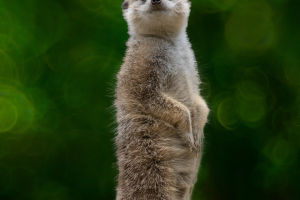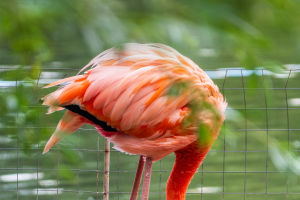As we dive into the world of the brown bear, we are captivated by their immense size, power, and incredible adaptability. The brown bear, scientifically known as Ursus arctos, has been one of nature’s most dominant creatures for thousands of years.
This article will take us on a detailed journey through their history, habitat, and fascinating characteristics, ensuring we gain a deeper understanding of these magnificent animals.
The Size and Species of the Brown Bear
The brown bear is one of the largest species in the bear family. Their size varies widely, with individuals weighing anywhere between 130 to 700 kilograms (300 to 1500 pounds). Among these, the Kodiak brown bear stands out as the largest subspecies. These bears are truly awe-inspiring, often exceeding the size of many other large mammals.
Distribution and Habitat of the Brown Bear
Historically, brown bears were found across various parts of the world, including Asia, Africa, Europe, and North America. However, due to habitat loss and human intervention, their populations have declined in many areas. Today, brown bears are mainly found in the wild in parts of North America, Europe, with populations estimated to be around 200,000 individuals worldwide.
In North America, the brown bear is commonly found from eastern Alaska to the Yukon territory, including regions in British Columbia, Alberta, and parts of the U.S. such as Washington, Idaho, Montana, and Wyoming. They favor mountainous and forested areas, where they can roam freely in search of food.
The Evolutionary History of Brown Bears
Scientists have been fascinated by how long brown bears have been present on Earth. While it is known that brown bears appeared in North America during the late Ice Age, they were not the top predators of that era. At the time, the short-faced bear was the dominant species, and these massive creatures often scavenged the kills of brown bears.
Brown bears have had a tough evolutionary history, contending with other strong predators like the saber-toothed tiger and the American lion. Unlike these animals, however, brown bears were opportunistic feeders, consuming a wide variety of animals and plants, which allowed them to thrive when other predators were driven to extinction.
The Brown Bear’s Role in the Food Chain
One of the factors that has allowed brown bears to survive and thrive over time is their adaptability in terms of diet. They are not picky eaters; brown bears will eat almost anything they can catch, from small mammals to larger animals when necessary. In contrast to the specialized diets of other large predators like the saber-toothed tiger, which mainly hunted large herbivores, brown bears have a more diverse food range.
As other apex predators like the saber-toothed tiger and the short-faced bear went extinct, the brown bear took over the role of the dominant predator in many ecosystems. This shift allowed the brown bear to become the top predator in its environment, with no other species strong enough to challenge its position.
The Threats Facing Brown Bears
While brown bears continue to thrive in certain regions, they are also facing significant threats, particularly in the Arctic. The warming climate has forced many species to migrate north, threatening the fragile ecosystems of the Arctic. As the polar regions warm, the balance of these ecosystems is disturbed, and brown bears, along with other animals, are finding their habitats increasingly under threat.
A Glimpse into the Future of Brown Bears
In conclusion, we see that the brown bear remains a symbol of strength and resilience in the animal kingdom. Their ability to adapt to various environments and survive through many challenging periods in history speaks to their incredible survival instincts. However, as we continue to face environmental changes, it is up to all of us to ensure that these magnificent creatures continue to thrive in the wild.
Lykkers, let’s remember that our actions today have a direct impact on the world we share with these incredible animals. Whether through conservation efforts or simply spreading awareness, we can all contribute to protecting the brown bear for future generations.
Difference Between Grizzly Bears, Brown Bears, and Kodiak Bears - Alaska Bears
Video by Three Minutes Outdoors


